Saliva is present in the mouth of every mammal. Saliva helps your dog chew and swallow their food. However, when it is in excess it drips down the lips and it is called drooling in dogs.
Drooling in dogs can be a very natural response. You may have noticed your dog drooling excessively when you are eating pizza or chicken in front of them. Or, they may even drool when they see you after a long time out of excitement and happiness.
On the other hand, your dog may also drool excessively after licking something toxic or caustic.
So, how do you tell if your dog’s drooling is normal or if it is an emergency?
Firstly, always listen to your instincts. If you believe that your dog is drooling more than usual and he may need emergency medical attention, seek out a 24/7 veterinary emergency clinic near you.
When is it Normal for Your Dog to Drool Excessively?
Some dog breeds are chronic droolers. Breeds such as the Bulldog, Saint Bernard, Basset Hound, Newfoundland, Bullmastiff, Great Dane, Boxer, Labrador Retriever and Bloodhound drool a lot even when mildly excited or anxious.
These breeds have extra skin around their mouth that collects the saliva and allows it to drip from time to time. It is extremely common for dog owners to find their slippers, feet and even face covered in drool especially when their puppers are happy to see them.
If your dog is a chronic drooler the only way to go about is to accept that you will always live in a moist environment irrespective of your geographic location and keep a “drool rag” handy for when you want to spare your guests the blessings of your dog.
Some Normal Reasons Behind Your Dog Drooling Excessively:
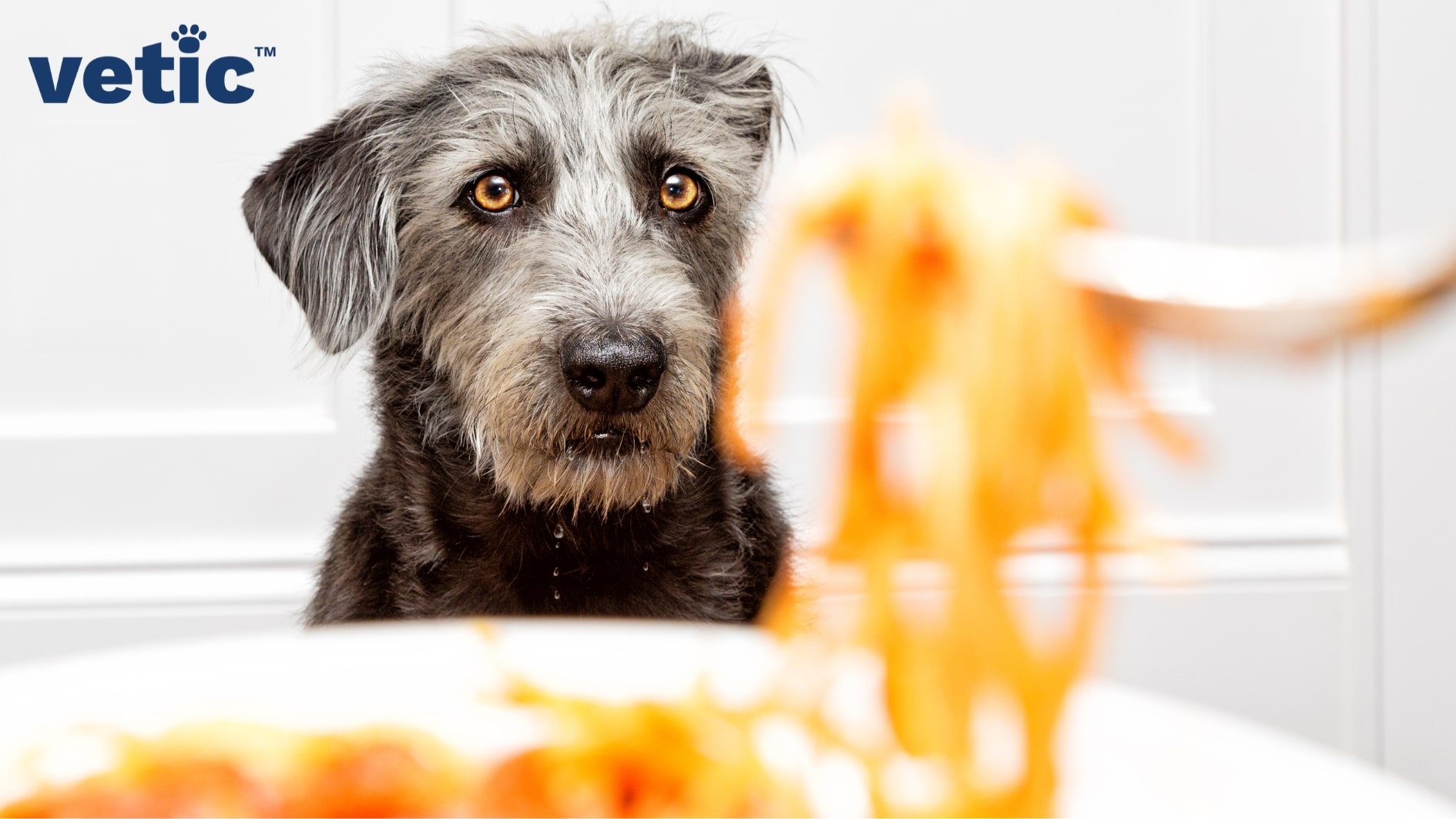
1. The anticipation of food
Whether it’s their own food or human food, if your dog anticipates something tasty they will drool excessively. It is absolutely normal for all breeds.
2. Tasting something unpleasant
Your dog can drool more than usual when they taste something unpleasant. It can be deworming meds, supplements or any other medication.
3. After exercising or playing
Drooling also helps your pupper to cool off. So, you may notice your dog drool a little more than usual while “working out” or immediately after returning home.
4. During a car ride
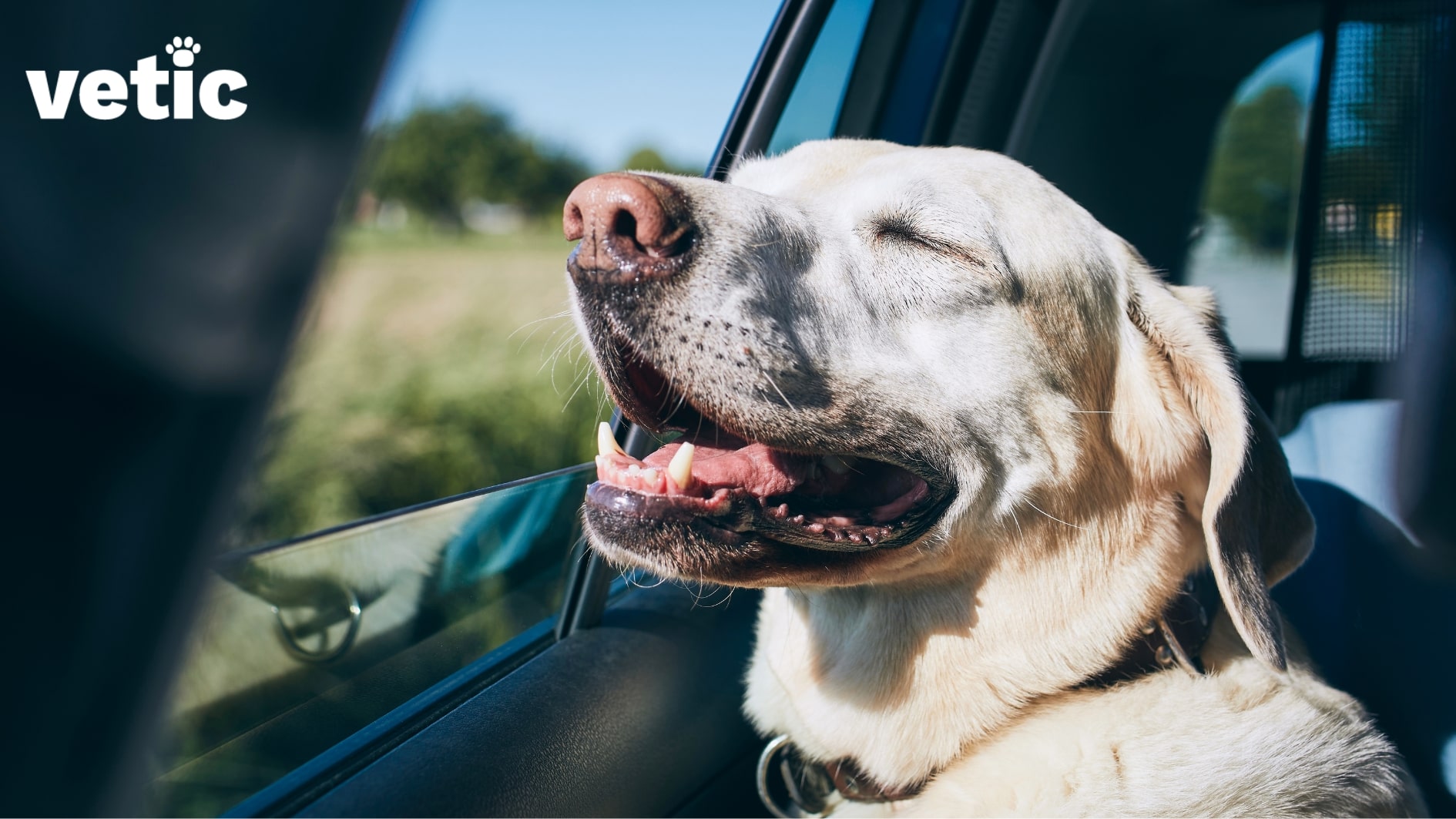
Some dogs drool more during a car ride because they feel car sick. However, other dogs simply drool during car rides! It’s an unwritten rule of the canine world to cover every inch of their loved one’s car in drool.
On a serious note, if your dog experiences car sickness every time they are travelling with you, you should speak to your veterinarian.
When a Dog Drooling Excessively Points towards Health Emergencies
There are a few instances where excessive drooling can be a sign of something serious. Thankfully, in most of these situations, there will be other signs and symptoms you will see with excess saliva production.
Here are some cases that are emergencies and call for immediate veterinary attention.
1. Something stuck in their gums
Was your dog chewing on bones, toys or your slippers before they began drooling overtly? Are they pawing at their mouth and keeping their mouth open most of the time?
Then there might be something stuck in their gums or between their teeth. Take them to a well-lit area or get someone to hold a torch so you can clearly see the inside of your dog’s mouth.
If your dog allows, gently run your index finger along their teeth and gums. Check the back of their throat as well since pieces of bones and inorganic matter can get lodged near the back of the mouth. If it’s visible and you can slowly pull it out without causing more damage do just that.
In many cases, dogs do not cooperate when they are in pain and there’s something stuck inside their mouth or throat. Take your dog to a veterinarian so they can safely remove the object without causing your dog or you further distress.
2. Infection of their gums
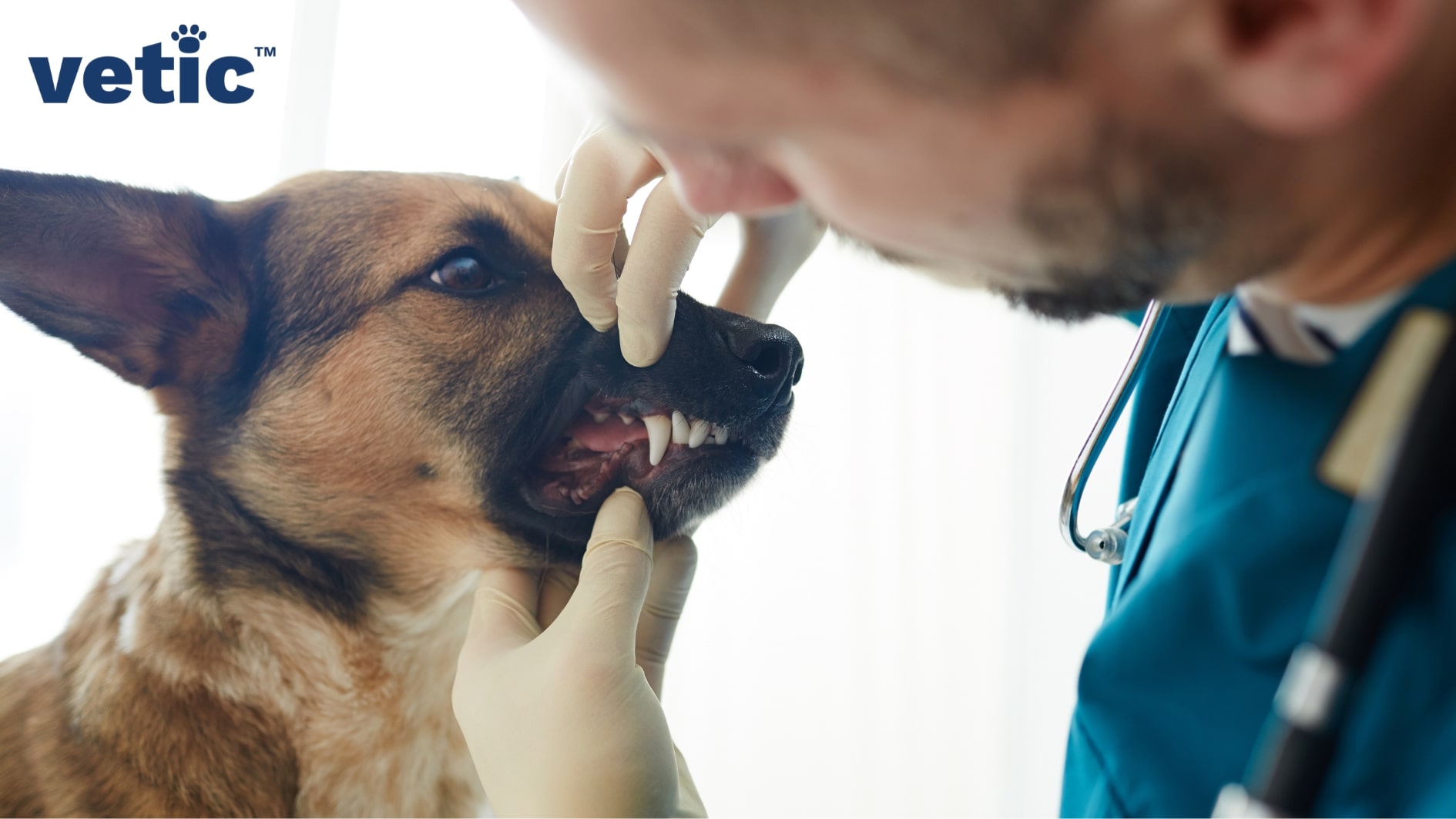
Infection of the gums doesn’t happen in one day. Excessive drooling due to gum infection is often accompanied by bad breath. It can be due to periodontitis or gingivitis.
Taking your dog for regular dental checkups and dental grooming can prevent infection of the gums.
You will easily be able to tell if your dog is at risk of periodontitis or gingivitis. Here are a few signs –
- There’s excess tartar on your dog’s teeth
- Their breath smells foul (halitosis)
- The gumline (where the gum meets the teeth) is redder than usual
- There is swelling across the gumline
In advanced cases, dogs might show reduced appetite. Gum disease can be extremely painful. It can cause even the most food-loving canines to quit eating.
If excessive drooling in your dog is accompanied by these signs you must take them to a veterinary clinic near you that offers proper dental care services. Look for pet clinics with experienced veterinarians who can treat your dog’s gum infection and remove the tartar and plaque from your dog’s teeth.
3. Issues involving their mouth and throat
Sometimes, mouth and throat issues involve more than food or objects lodged inside your dog’s mouth.
Senior dogs can have ulcers, (benign) growths, broken teeth and cuts from broken teeth. In such cases, you may see some blood or discharge with drool.
While growths will cause excessive drooling in dogs for a prolonged period. Ulcers, cuts and broken teeth can increase drooling almost overnight.
There is no way to address any of these issues at home. Take your dog to the veterinarian near you for an emergency consultation. Your dog might require antibiotics and pain meds for immediate relief.
Veterinarians might recommend surgery if a growth or tumour is causing excessive drooling.
4. Ingestion of something toxic
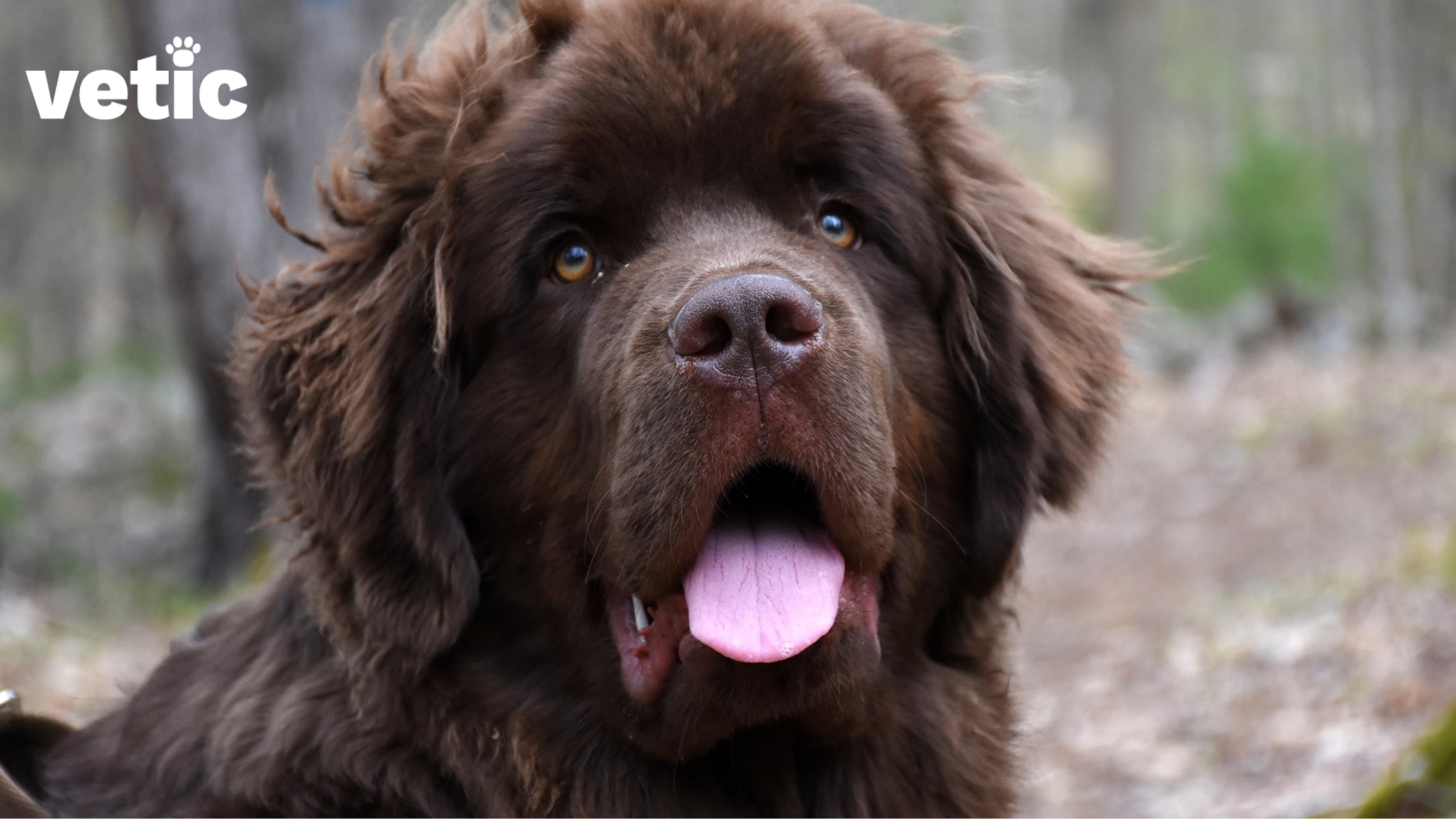
Eating something toxic can cause excessive drooling in dogs. It can also be followed by vomiting, stomach pain and lethargy. A few common foods and cleaning products that can cause toxicosis in dogs include –
- Alcohol
- Avocado
- Chocolate
- Caffeine
- Grapes and raisins
- Essential oils
- Bleach and chlorine
- Toilet cleaners
Even chewing on plants like aloe, azalea, chrysanthemum, ivy and hyacinth can cause symptoms like heavy drooling, vomiting and lethargy in dogs.
5. Foreign objects lodged inside the throat or stomach
Dogs are notorious for chewing and ingesting inorganic objects ranging from tennis balls to socks.
Accidents like these cause obstruction, pain and discomfort. All these can cause excessive drooling in dogs.
If your dog was playing with something easily ingestible and now, they are drooling too much you should rush them to an emergency veterinary clinic near you.
The veterinarian will run imaging tests, such as X-ray and USG to determine the nature of the blockage. They will recommend medication and/or surgery to remove the obstruction depending on its type and location.
6. Bloat and GDV
Bloat and GDV always cause excessive drooling in dogs. Both are potentially fatal conditions and require immediate action.
They have a few common, telltale signs apart from excessive drooling –
- Distended and tight abdomen
- Panting or rapid shallow breathing
- Restlessness (inability to lie down)
- Dry retching
- Pale gums
If your dog shows these signs along with excess saliva production take them to an emergency vet near you immediately.
7. Heat exhaustion and heat stroke
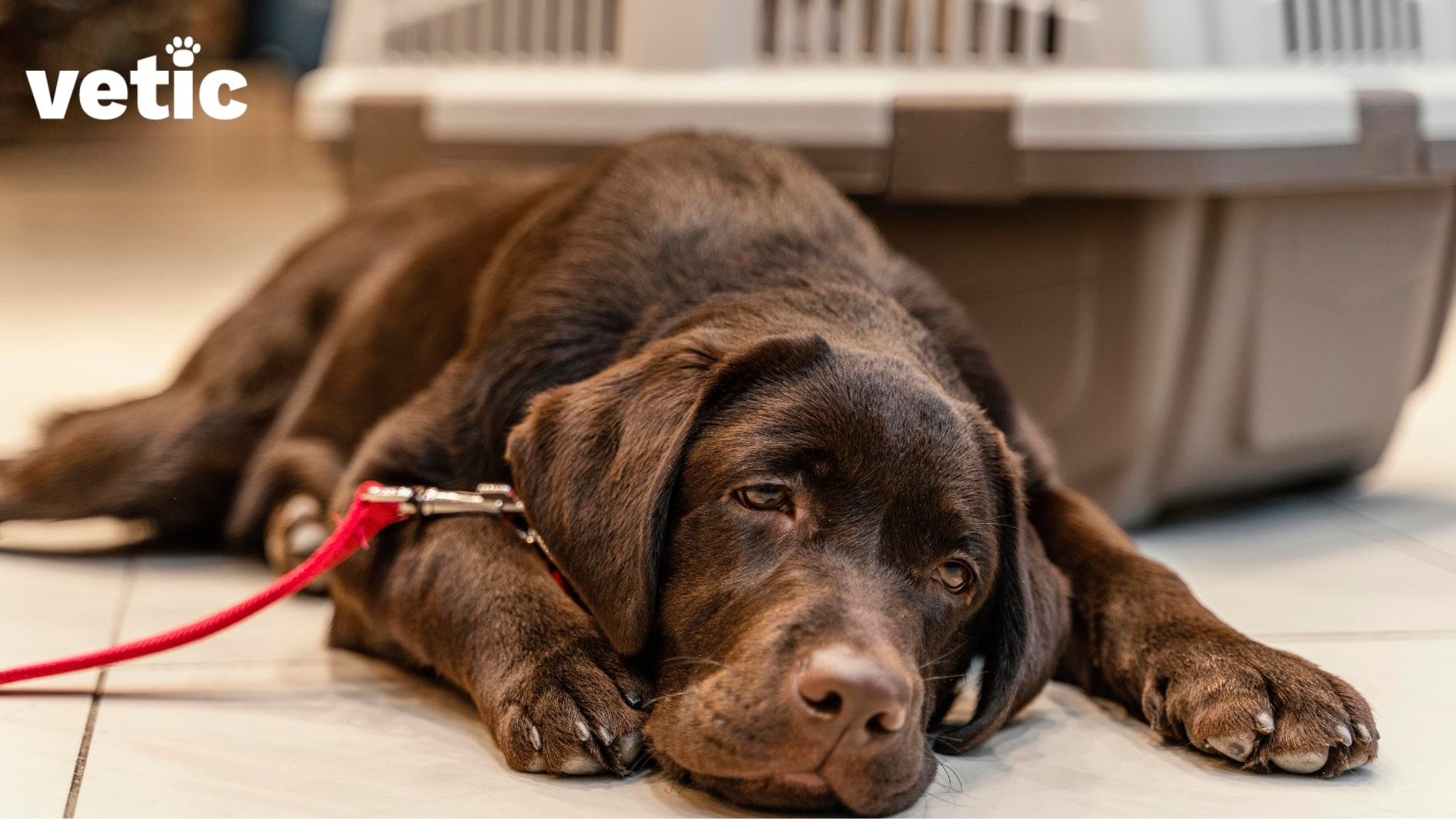
Heat exhaustion and heat stroke are very similar. Dog parents often find it impossible to distinguish the two. However, both are emergency situations that demand critical care.
Along with excessive drooling, your dog will show the following signs in cases of heat stroke or heat exhaustion –
- Panting
- Pale or very red gums
- Dry nose
- Dehydration
- High body temperature
- High heart rate
Your dog may even show lethargy and confusion (staggered steps, slow response) after experiencing a heat stroke.
8. Seizures
Seizures in dogs are almost always followed by excessive drooling, irrespective of the cause.
Now, not all seizures involve the entire body. Some dogs also experience focal seizures or partial seizures. These involve only one body part and may not be as noticeable as full-blown seizures.
However, all seizures cause dogs to feel vulnerable, scared and confused. If you notice any of these signs along with drooling over multiple days you need to consult an experienced veterinarian near you.
Wrapping up: The Reasons Your Dog is Drooling Excessively
Drooling in dogs is not that uncommon. It is often a normal response to the smell and sight of food, excitement, and activities.
However, when excessive drooling occurs in combination with other signs such as loss of appetite, severe panting, higher than normal heart rate, distention and tightness of the abdomen, blood-like discharge in the saliva, lethargy or dehydration, it signals an emergency in dogs.
Do not wait if you have reason to believe your dog is salivating more than usual and the cause is unnatural. Reach out to a veterinary hospital near you for a complete diagnosis. Ensure the veterinary facility has in-house diagnostics before you reach so your dog can receive emergency care.
